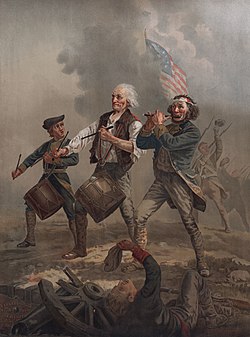Abbot Hall | |
 Abbot Hall, Marblehead, Massachusetts. | |
| Location | Marblehead, Massachusetts |
|---|---|
| Coordinates | 42°30′8.94″N70°51′10.04″W / 42.5024833°N 70.8527889°W |
| Built | 1876 |
| Architect | Lord & Fuller |
| Architectural style | Romanesque |
| Part of | Marblehead Historic District (ID84002402 [1] ) |
| NRHP reference No. | 74000374 [1] |
| Significant dates | |
| Added to NRHP | September 6, 1974 |
| Designated CP | January 10, 1984 |


Abbot Hall is a town hall and historical museum located at 188 Washington Street, Marblehead, Massachusetts. [2] It is open year-round, though with restricted hours in the colder months. [3] Constructed in 1876 and designed in the Romanesque style by Lord & Fuller architects, the Hall is listed on the National Register of Historic Places as a contributing property in the historic district.
